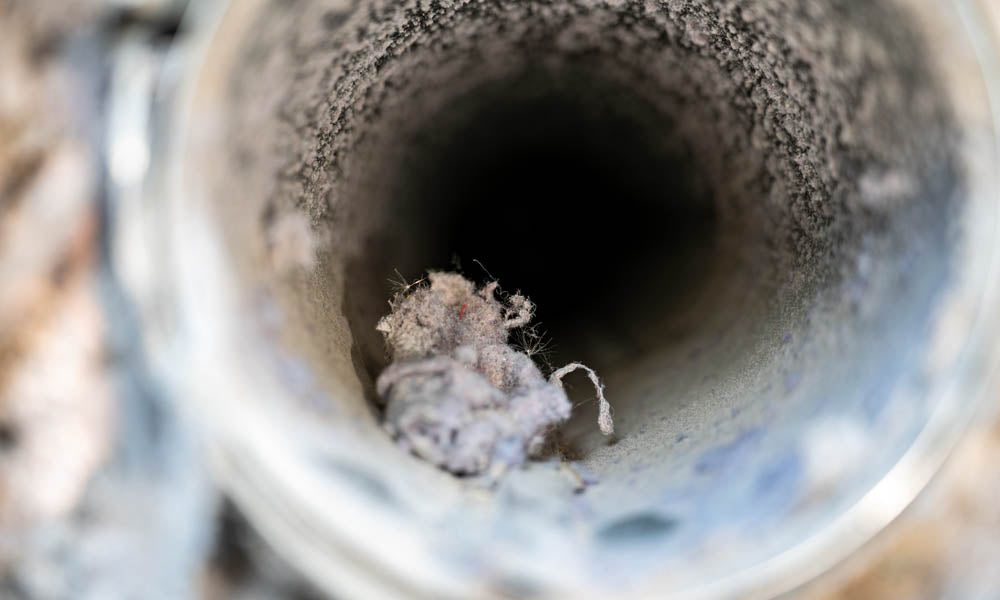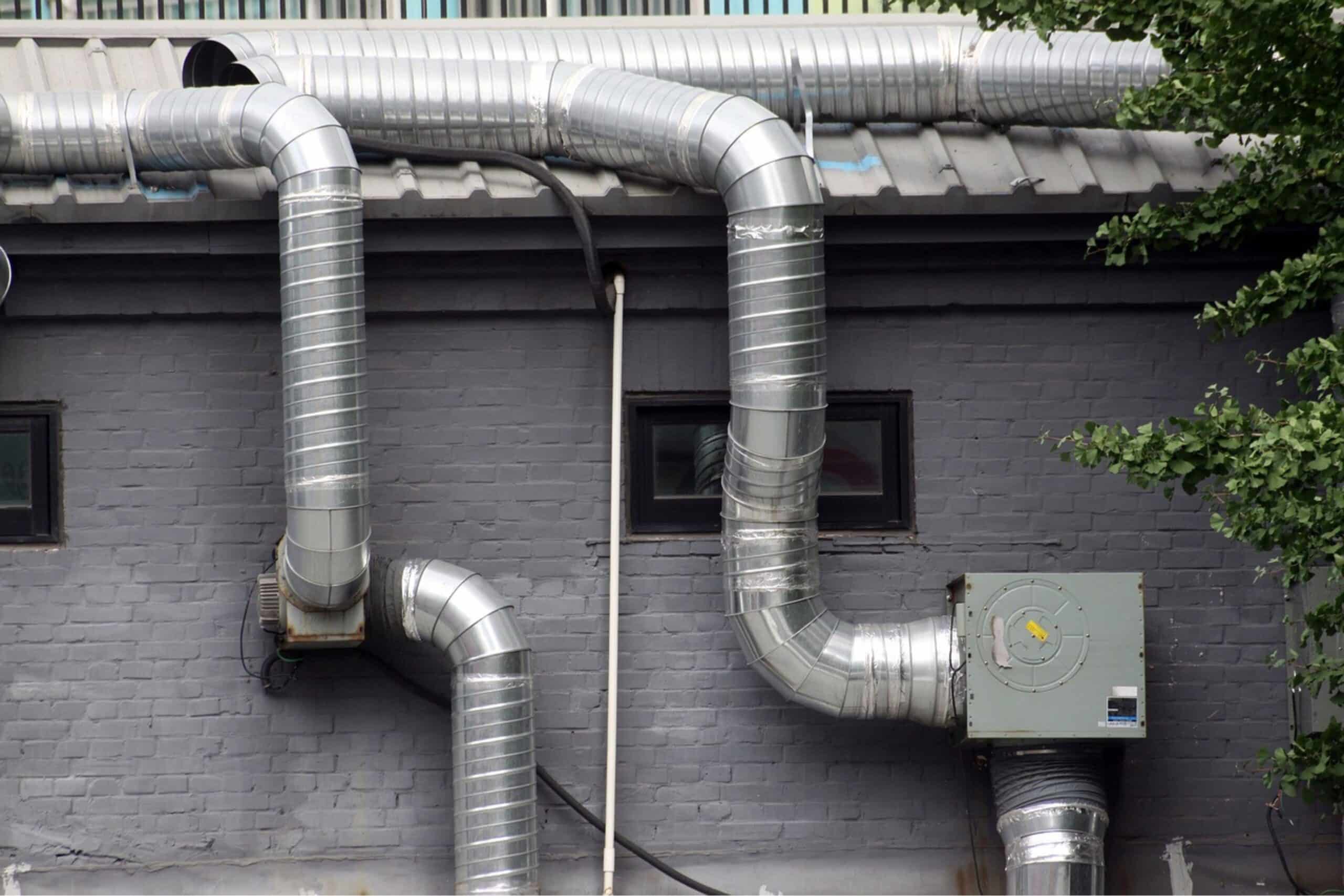What is a Subsystem of the HVAC System?
If you’ve ever wondered, what is a subsystem of the HVAC system, you’re not alone. HVAC, which stands for Heating, Ventilation, and Air Conditioning, is a complex system composed of various integral subsystems. These subsystems work together to ensure optimal indoor climate control while maintaining energy efficiency.
The concepts surrounding the HVAC system can initially seem daunting. However, by understanding the crucial parts and subsystems, homeowners and businesses can appreciate how precise climate control is achieved. The HVAC system is not merely a singular system but comprises several subsystems, each playing a vital role in maintaining comfort and air quality.

Primary Components of the HVAC System
To comprehend what a subsystem involves, it’s essential to first understand the primary components of the HVAC system: heating, ventilation, and air conditioning.
Heating Subsystem
The heating subsystem is designed to provide warmth during cold weather. It typically includes a furnace or heat pump, which generates heat distributed throughout the building.
Ventilation Subsystem
Ventilation is crucial for maintaining indoor air quality by circulating and filtering air. This subsystem includes air ducts, fans, filters, and sometimes air purifiers to keep the air fresh and clean.
Air Conditioning Subsystem
Essential in warmer climates, the air conditioning subsystem is responsible for cooling and dehumidifying the air. It typically consists of an outdoor unit, evaporator coils, and a compressor.
The Role of HVAC Controls and Automation
HVAC controls, including thermostats and sensors, are integral subsystems themselves. They regulate temperature settings and manage system operation to maintain comfort levels efficiently. Automation in HVAC systems further enhances functionality by allowing remote access and control through smart devices.
Exploring the Air Handler Unit (AHU)
The Air Handler Unit (AHU) primarily manages and circulates air within the system. It houses components like the blower, heating and cooling elements, and filters. Understanding the AHU’s function helps clarify how the HVAC system maintains its operational efficiency.
Understanding the DDC Subsystem
Direct Digital Control (DDC) is a significant part of modern HVAC systems. This digital automation system manages HVAC operations more efficiently and ensures peak performance. For further insights, read more about DDC systems.
Importance of Ductwork Systems
Ductwork plays a central role in air distribution within the HVAC system. Proper layout and maintenance ensure optimal airflow and maintain system efficiency.
Additional Subsystems in HVAC Systems
Apart from primary components and controls, HVAC systems may include additional subsystems like humidifiers, dehumidifiers, and zoned systems. These independently contribute to improving indoor air quality and personal comfort.
Maintenance of HVAC Subsystems
Regular maintenance of each subsystem is crucial to ensure the entire HVAC system operates efficiently. Common practices include cleaning filters, inspecting ducts for leaks, and scheduling professional HVAC check-ups.
Ensuring Energy Efficiency
Energy-efficient HVAC systems not only reduce utility bills but also contribute to a greener environment. Incorporating modern technology and smarter controls can significantly improve energy efficiency.
Choosing the Right HVAC System for Your Needs
Choosing the right HVAC system involves understanding the unique needs of your space and the functionalities of various subsystems. This decision should balance between initial investment and long-term benefits.
Impacts of HVAC Subsystems on Health
Maintaining well-functioning HVAC subsystems is crucial for the health and comfort of building occupants, as poor indoor air quality can lead to respiratory issues and other health problems.
Considering Eco-friendly Options
As environmental concerns rise, opting for eco-friendly HVAC solutions becomes increasingly important. This can include energy-efficient systems, sustainable materials, and natural ventilation solutions.
Future Trends in HVAC Technology
The HVAC industry continuously evolves, with new innovations focusing on increased efficiency, user comfort, and sustainability. Staying informed about these trends allows businesses and homeowners to make better choices.

Common Misconceptions about HVAC Systems
Despite being a staple in modern infrastructure, many misconceptions about HVAC systems persist. Clarifying these can improve user understanding and system efficiency.
FAQs
What subsystems are typically included in an HVAC system?
HVAC systems generally include heating, ventilation, and air conditioning subsystems, along with digital controls and ductwork.
Why is regular maintenance of HVAC subsystems important?
Regular maintenance ensures that all parts of the system operate efficiently, preventing unexpected breakdowns and reducing energy consumption.
Are there eco-friendly HVAC options available?
Yes, modern HVAC systems often feature eco-friendly options such as energy-efficient units, solar-powered components, and systems that use sustainable materials.
This article contains affiliate links. We may earn a commission at no extra cost to you.






